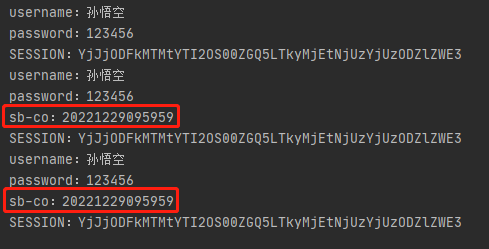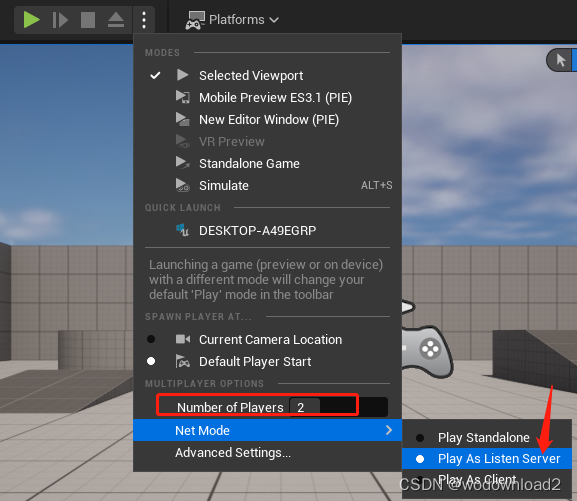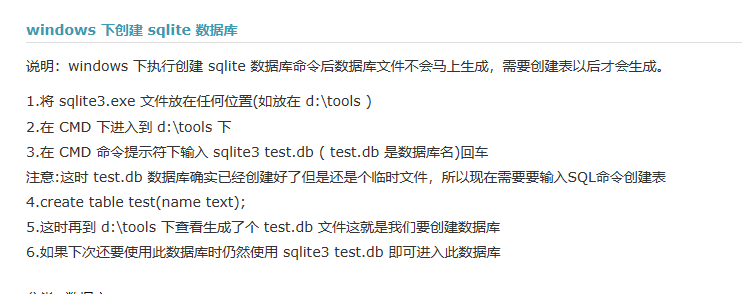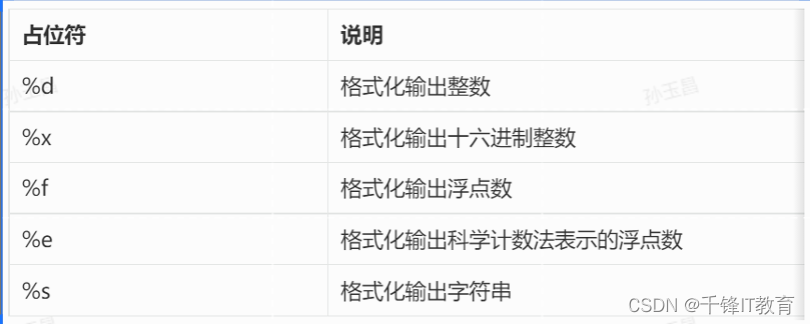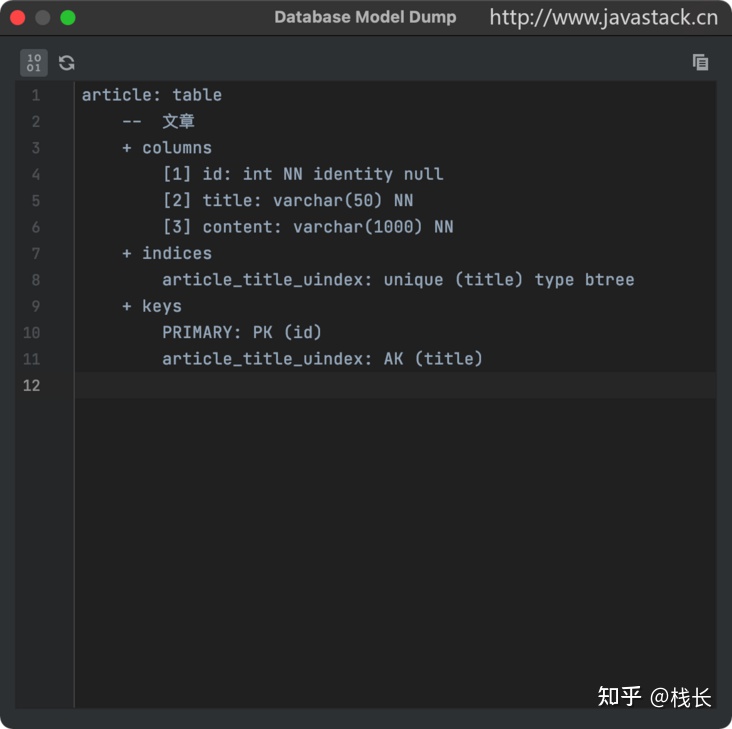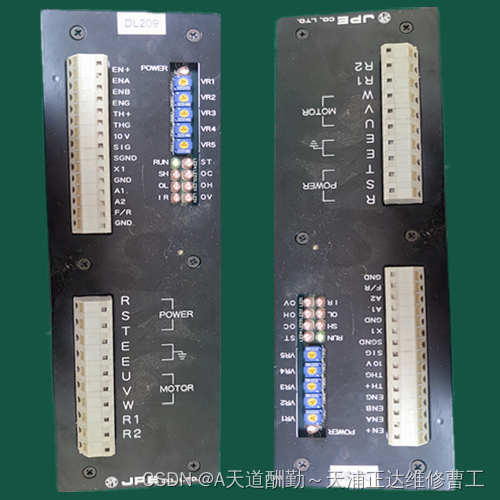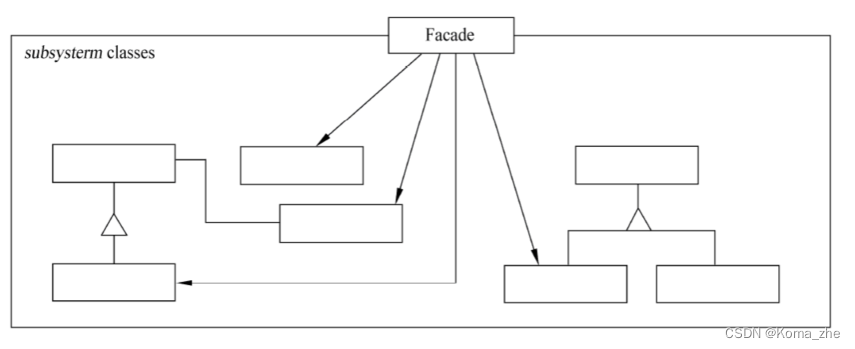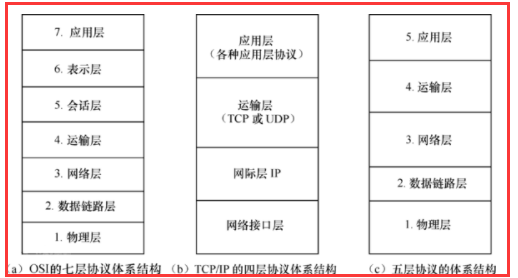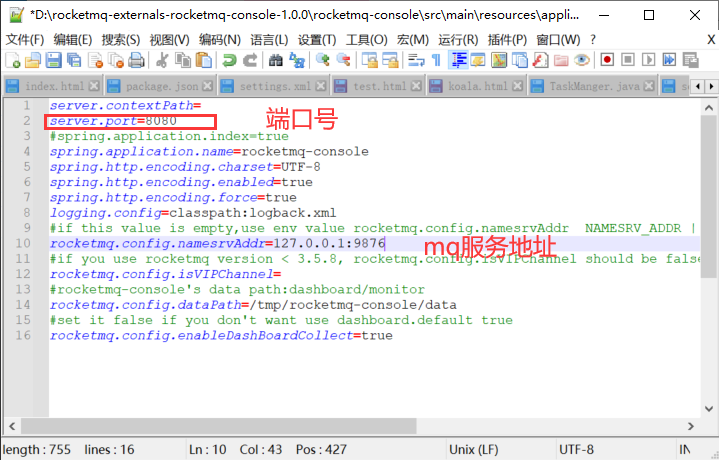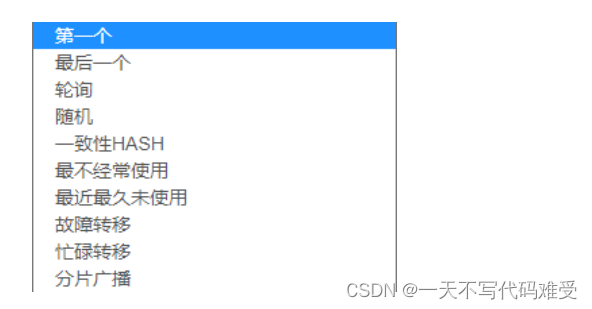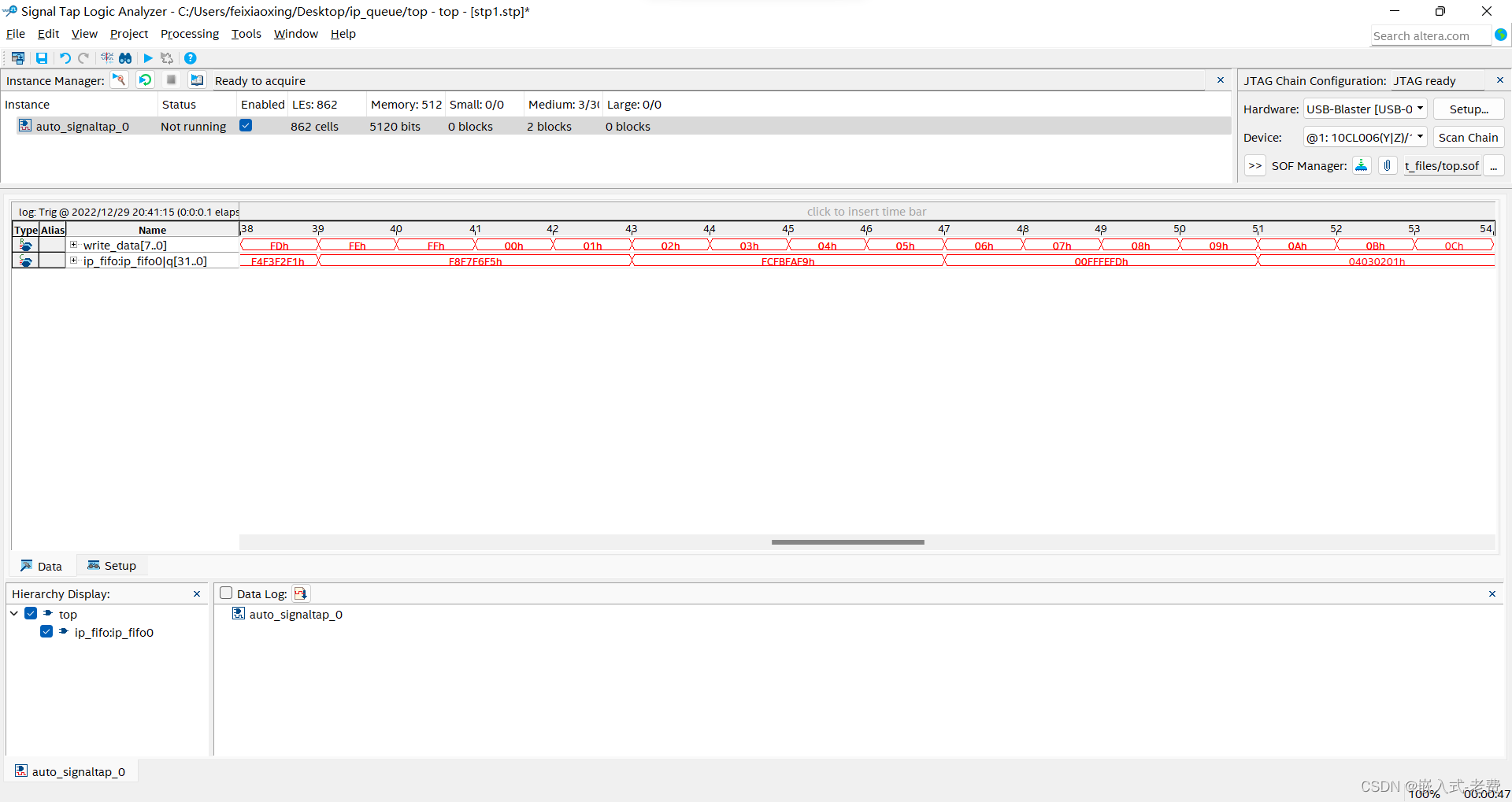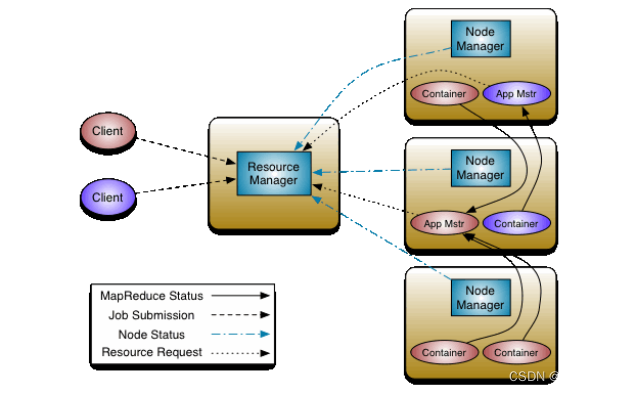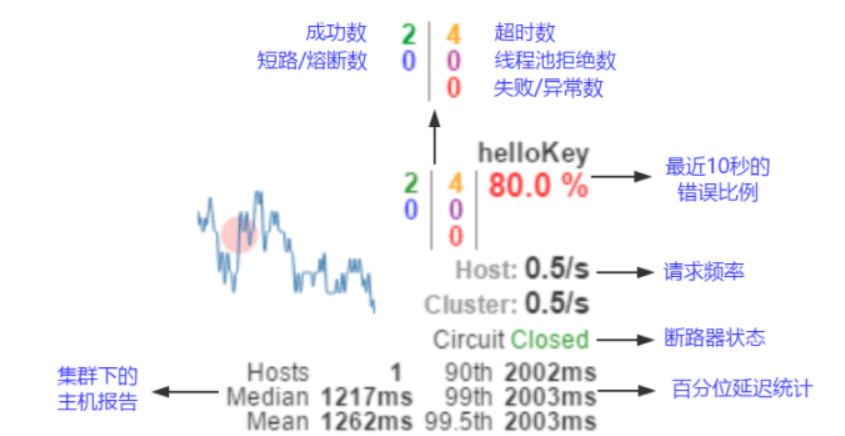解决ubuntu(Linux)桌面/应用不插电掉帧问题
笔记本安装的ubuntu的gnome桌面,插电状态下触摸板动画丝滑,翻看浏览器文章的时候也不会有延迟掉帧的情况,但是离开了充电器,电池供电就会掉帧。
思路:在插电模式下,由AC供电。我们只需要设置电脑在电池供电的情况下也保持AC的供电模式
 tlp就可以很好的就解决这个问题
tlp就可以很好的就解决这个问题
安装启用tlp
sudo apt install tlp tlp-rdw
sudo tlp start
执行完上述命令,如果你当前接通电源就会看到如下提示
我安装tlp并启用之后,重启了之后就算是电源模式下也很流畅了,不会掉帧。如果还是不行可能得调整后面的一些配置了

电池供电如下提示

我们修改tlp的相关配置
sudo gedit /etc/default/tlp
找到TLP_DEFAULT_MODE选项,设置为AC
此选项表示在无电源下的工作模式
# Operation mode when no power supply can be detected: AC, BAT
# Concerns some desktop and embedded hardware only.
TLP_DEFAULT_MODE=AC

如果你的这个tlp文件是空白,单独设置这一项也可以,或者可以参考如下链接,查看其他tlp的设置
https://developer.aliyun.com/article/278396
我根据如上这篇帖子自己改了一下自己电脑的
# ------------------------------------------------------------------------------
# tlp - Parameters for power save
# See full explanation: http://linrunner.de/en/tlp/docs/tlp-configuration.html
# Hint: some features are disabled by default, remove the leading # to enable
# them.
# Set to 0 to disable, 1 to enable TLP.
TLP_ENABLE=1
# Operation mode when no power supply can be detected: AC, BAT
# Concerns some desktop and embedded hardware only.
TLP_DEFAULT_MODE=AC
# Seconds laptop mode has to wait after the disk goes idle before doing a sync.
# Non-zero value enables, zero disables laptop mode.
DISK_IDLE_SECS_ON_AC=0
DISK_IDLE_SECS_ON_BAT=2
# Dirty page values (timeouts in secs).
# 开启
MAX_LOST_WORK_SECS_ON_AC=30
MAX_LOST_WORK_SECS_ON_BAT=90
# Hint: CPU parameters below are disabled by default, remove the leading #
# to enable them, otherwise kernel default values are used.
# Select a CPU frequency scaling governor:
# ondemand, powersave, performance, conservative
# Intel Core i processor with intel_pstate driver:
# powersave, performance
# Important:
# You *must* disable your distribution's governor settings or conflicts will
# occur. ondemand is sufficient for *almost all* workloads, you should know
# what you're doing!
# 开启
CPU_SCALING_GOVERNOR_ON_AC=ondemand
CPU_SCALING_GOVERNOR_ON_BAT=powersave
# Set the min/max frequency available for the scaling governor.
# Possible values strongly depend on your CPU. For available frequencies see
# tlp-stat output, Section "+++ Processor".
#CPU_SCALING_MIN_FREQ_ON_AC=0
#CPU_SCALING_MAX_FREQ_ON_AC=0
#CPU_SCALING_MIN_FREQ_ON_BAT=0
#CPU_SCALING_MAX_FREQ_ON_BAT=0
# Set Intel P-state performance: 0..100 (%)
# Limit the max/min P-state to control the power dissipation of the CPU.
# Values are stated as a percentage of the available performance.
# Requires an Intel Core i processor with intel_pstate driver.
# 开启
CPU_MIN_PERF_ON_AC=0
CPU_MAX_PERF_ON_AC=100
CPU_MIN_PERF_ON_BAT=1
CPU_MAX_PERF_ON_BAT=30
# Set the CPU "turbo boost" feature: 0=disable, 1=allow
# Requires an Intel Core i processor.
# Important:
# - This may conflict with your distribution's governor settings
# - A value of 1 does *not* activate boosting, it just allows it
# 开启
CPU_BOOST_ON_AC=1
CPU_BOOST_ON_BAT=1
# Minimize number of used CPU cores/hyper-threads under light load conditions
SCHED_POWERSAVE_ON_AC=0
SCHED_POWERSAVE_ON_BAT=1
# Kernel NMI Watchdog:
# 0=disable (default, saves power), 1=enable (for kernel debugging only)
NMI_WATCHDOG=0
# Change CPU voltages aka "undervolting" - Kernel with PHC patch required
# Frequency voltage pairs are written to:
# /sys/devices/system/cpu/cpu0/cpufreq/phc_controls
# CAUTION: only use this, if you thoroughly understand what you are doing!
#PHC_CONTROLS="F:V F:V F:V F:V"
# Set CPU performance versus energy savings policy:
# performance, normal, powersave
# Requires kernel module msr and x86_energy_perf_policy from linux-tools
ENERGY_PERF_POLICY_ON_AC=normal
ENERGY_PERF_POLICY_ON_BAT=powersave
# Hard disk devices; separate multiple devices with spaces (default: sda).
# Devices can be specified by disk ID also (lookup with: tlp diskid).
DISK_DEVICES="sda sdb"
# Hard disk advanced power management level: 1..254, 255 (max saving, min, off)
# Levels 1..127 may spin down the disk; 255 allowable on most drives.
# Separate values for multiple devices with spaces.
DISK_APM_LEVEL_ON_AC="254 254"
DISK_APM_LEVEL_ON_BAT="128 128"
# Hard disk spin down timeout:
# 0: spin down disabled
# 1..240: timeouts from 5s to 20min (in units of 5s)
# 241..251: timeouts from 30min to 5.5 hours (in units of 30min)
# See 'man hdparm' for details.
#DISK_SPINDOWN_TIMEOUT_ON_AC="0 0"
#DISK_SPINDOWN_TIMEOUT_ON_BAT="0 0"
# Select IO scheduler for the disk devices: noop, deadline, cfq (Default: cfq);
# Separate values for multiple devices with spaces.
# 开启
DISK_IOSCHED="deadline cfq"
# SATA aggressive link power management (ALPM):
# min_power, medium_power, max_performance
SATA_LINKPWR_ON_AC=medium_power
SATA_LINKPWR_ON_BAT=min_power
# PCI Express Active State Power Management (PCIe ASPM):
# default, performance, powersave
PCIE_ASPM_ON_AC=default
PCIE_ASPM_ON_BAT=powersave
# Radeon graphics clock speed (profile method): low, mid, high, auto, default;
# auto = mid on BAT, high on AC; default = use hardware defaults.
# (Kernel >= 2.6.35 only, open-source radeon driver explicitly)
RADEON_POWER_PROFILE_ON_AC=high
RADEON_POWER_PROFILE_ON_BAT=low
# Radeon dynamic power management method (DPM): battery, performance
# (Kernel >= 3.11 only, requires boot option radeon.dpm=1)
RADEON_DPM_STATE_ON_AC=performance
RADEON_DPM_STATE_ON_BAT=battery
# Radeon DPM performance level: auto, low, high; auto is recommended.
RADEON_DPM_PERF_LEVEL_ON_AC=auto
RADEON_DPM_PERF_LEVEL_ON_BAT=auto
# WiFi power saving mode: 1=disable, 5=enable; not supported by all adapters.
WIFI_PWR_ON_AC=1
WIFI_PWR_ON_BAT=5
# Disable wake on LAN: Y/N
WOL_DISABLE=Y
# Enable audio power saving for Intel HDA, AC97 devices (timeout in secs).
# A value of 0 disables, >=1 enables power save.
SOUND_POWER_SAVE_ON_AC=0
SOUND_POWER_SAVE_ON_BAT=1
# Disable controller too (HDA only): Y/N
SOUND_POWER_SAVE_CONTROLLER=Y
# Set to 1 to power off optical drive in UltraBay/MediaBay when running on
# battery. A value of 0 disables this feature (Default).
# Drive can be powered on again by releasing (and reinserting) the eject lever
# or by pressing the disc eject button on newer models.
# Note: an UltraBay/MediaBay hard disk is never powered off.
BAY_POWEROFF_ON_BAT=0
# Optical drive device to power off (default sr0).
BAY_DEVICE="sr0"
# Runtime Power Management for PCI(e) bus devices: on=disable, auto=enable
RUNTIME_PM_ON_AC=on
RUNTIME_PM_ON_BAT=auto
# Runtime PM for *all* PCI(e) bus devices, except blacklisted ones:
# 0=disable, 1=enable
RUNTIME_PM_ALL=1
# Exclude PCI(e) device adresses the following list from Runtime PM
# (separate with spaces). Use lspci to get the adresses (1st column).
#RUNTIME_PM_BLACKLIST="bb:dd.f 11:22.3 44:55.6"
# Exclude PCI(e) devices assigned to the listed drivers from Runtime PM
# (should prevent accidential power on of hybrid graphics' discrete part).
# Default is "radeon nouveau"; use "" to disable the feature completely.
# Separate multiple drivers with spaces.
RUNTIME_PM_DRIVER_BLACKLIST="radeon nouveau"
# Set to 0 to disable, 1 to enable USB autosuspend feature.
USB_AUTOSUSPEND=1
# Exclude listed devices from USB autosuspend (separate with spaces).
# Use lsusb to get the ids.
# Note: input devices (usbhid) are excluded automatically (see below)
#USB_BLACKLIST="1111:2222 3333:4444"
# WWAN devices are excluded from USB autosuspend:
# 0=do not exclude / 1=exclude
USB_BLACKLIST_WWAN=1
# Include listed devices into USB autosuspend even if already excluded
# by the driver or WWAN blacklists above (separate with spaces).
# Use lsusb to get the ids.
#USB_WHITELIST="1111:2222 3333:4444"
# Set to 1 to disable autosuspend before shutdown, 0 to do nothing
# (workaround for USB devices that cause shutdown problems).
#USB_AUTOSUSPEND_DISABLE_ON_SHUTDOWN=1
# Restore radio device state (Bluetooth, WiFi, WWAN) from previous shutdown
# on system startup: 0=disable, 1=enable.
# Hint: the parameters DEVICES_TO_DISABLE/ENABLE_ON_STARTUP/SHUTDOWN below
# are ignored when this is enabled!
RESTORE_DEVICE_STATE_ON_STARTUP=0
# Radio devices to disable on startup: bluetooth, wifi, wwan.
# Separate multiple devices with spaces.
#DEVICES_TO_DISABLE_ON_STARTUP="bluetooth wifi wwan"
# Radio devices to enable on startup: bluetooth, wifi, wwan.
# Separate multiple devices with spaces.
#DEVICES_TO_ENABLE_ON_STARTUP="wifi"
# Radio devices to disable on shutdown: bluetooth, wifi, wwan
# (workaround for devices that are blocking shutdown).
#DEVICES_TO_DISABLE_ON_SHUTDOWN="bluetooth wifi wwan"
# Radio devices to enable on shutdown: bluetooth, wifi, wwan
# (to prevent other operating systems from missing radios).
#DEVICES_TO_ENABLE_ON_SHUTDOWN="wwan"
# Radio devices to enable on AC: bluetooth, wifi, wwan
#DEVICES_TO_ENABLE_ON_AC="bluetooth wifi wwan"
# Radio devices to disable on battery: bluetooth, wifi, wwan
#DEVICES_TO_DISABLE_ON_BAT="bluetooth wifi wwan"
# Radio devices to disable on battery when not in use (not connected):
# bluetooth, wifi, wwan
#DEVICES_TO_DISABLE_ON_BAT_NOT_IN_USE="bluetooth wifi wwan"
# Battery charge thresholds (ThinkPad only, tp-smapi or acpi-call kernel module
# required). Charging starts when the remaining capacity falls below the
# START_CHARGE_TRESH value and stops when exceeding the STOP_CHARGE_TRESH value.
# Main / Internal battery (values in %)
# 开启
START_CHARGE_THRESH_BAT0=40
STOP_CHARGE_THRESH_BAT0=93
# Ultrabay / Slice / Replaceable battery (values in %)
#START_CHARGE_THRESH_BAT1=40
#STOP_CHARGE_THRESH_BAT1=80
# ------------------------------------------------------------------------------
# tlp-rdw - Parameters for the radio device wizard
# Possible devices: bluetooth, wifi, wwan
# Hints:
# - Parameters are disabled by default, remove the leading # to enable them.
# - Separate multiple radio devices with spaces.
# Radio devices to disable on connect.
#DEVICES_TO_DISABLE_ON_LAN_CONNECT="wifi wwan"
#DEVICES_TO_DISABLE_ON_WIFI_CONNECT="wwan"
#DEVICES_TO_DISABLE_ON_WWAN_CONNECT="wifi"
# Radio devices to enable on disconnect.
#DEVICES_TO_ENABLE_ON_LAN_DISCONNECT="wifi wwan"
#DEVICES_TO_ENABLE_ON_WIFI_DISCONNECT=""
#DEVICES_TO_ENABLE_ON_WWAN_DISCONNECT=""
# Radio devices to enable/disable when docked.
#DEVICES_TO_ENABLE_ON_DOCK=""
#DEVICES_TO_DISABLE_ON_DOCK=""
# Radio devices to enable/disable when undocked.
#DEVICES_TO_ENABLE_ON_UNDOCK="wifi"
#DEVICES_TO_DISABLE_ON_UNDOCK=""
